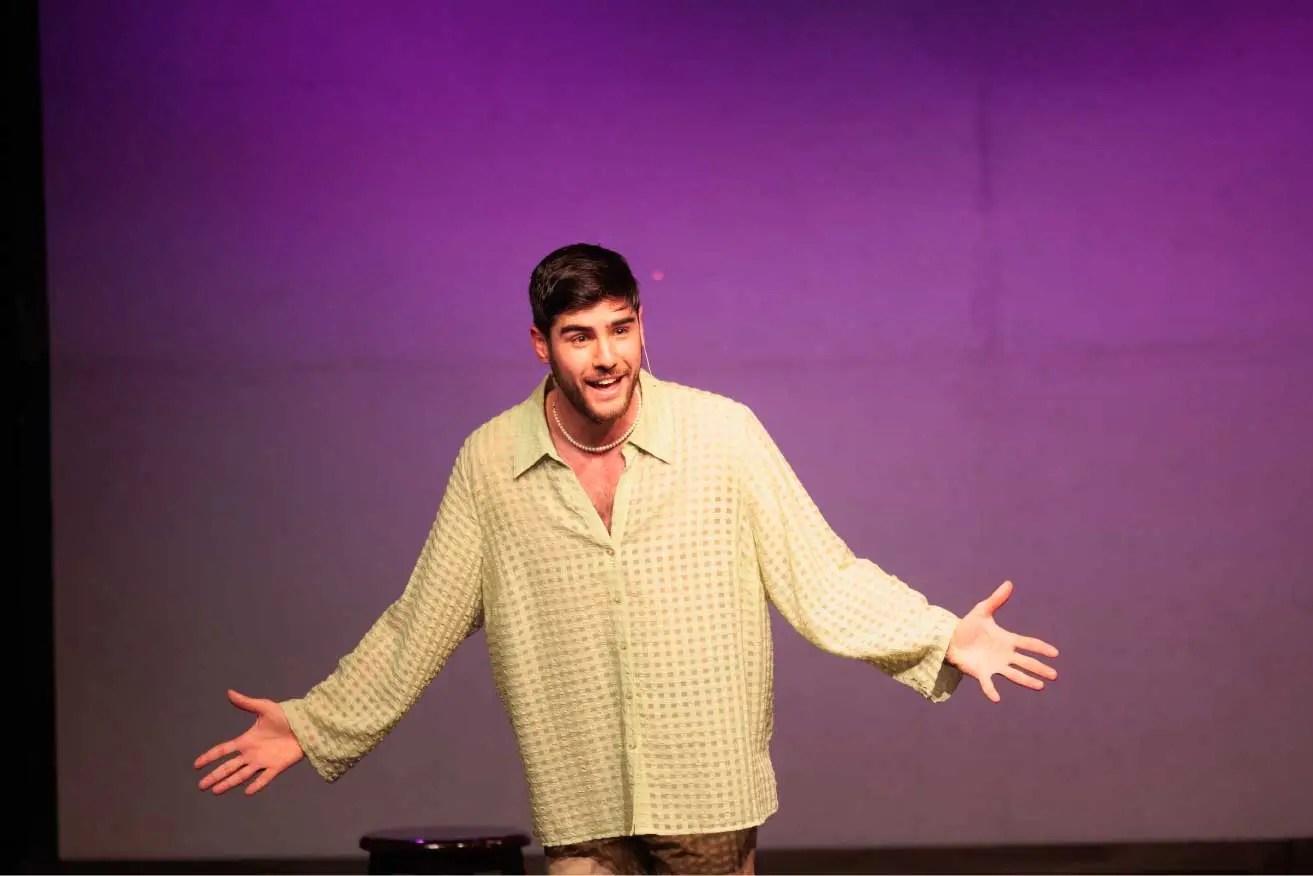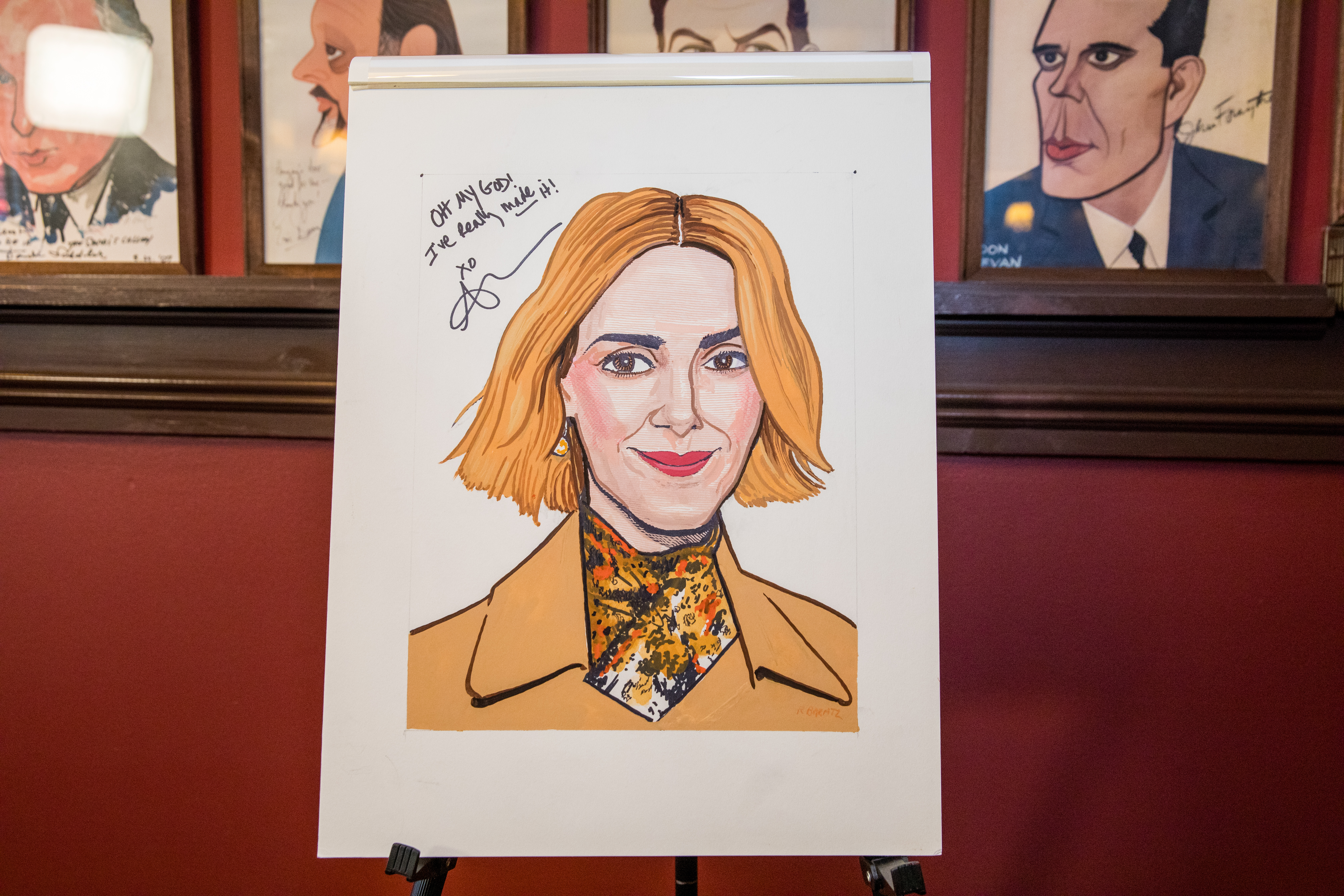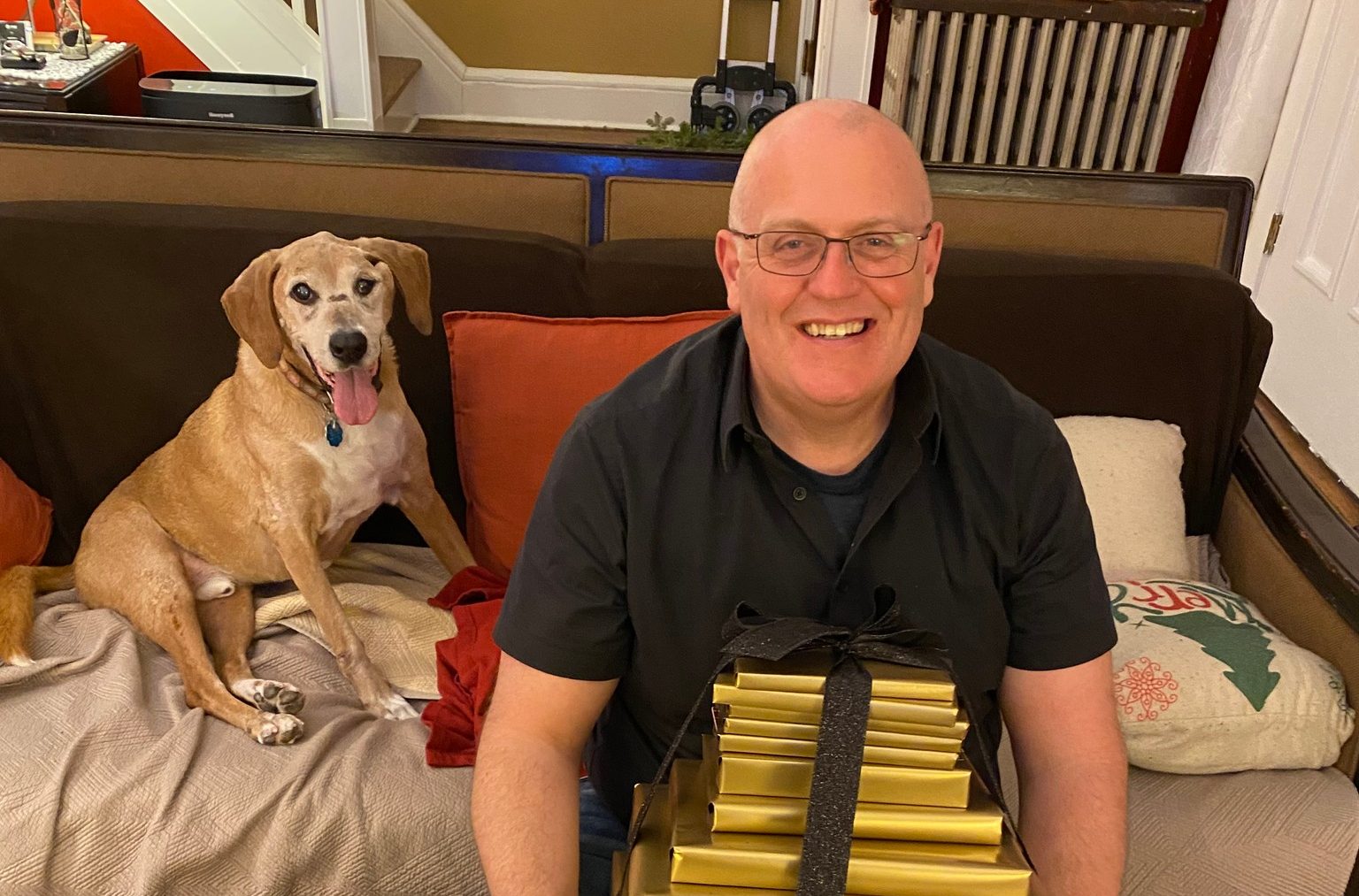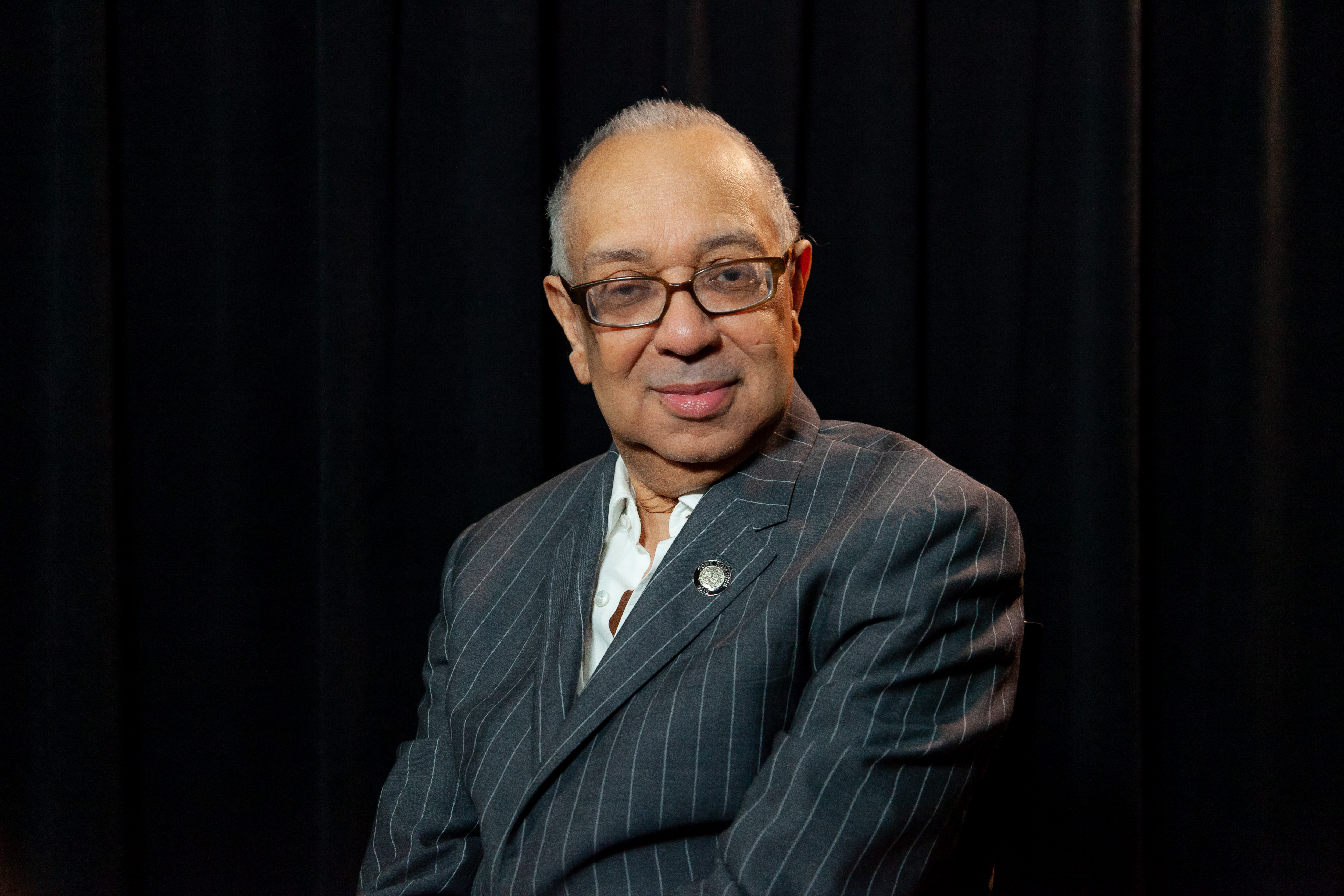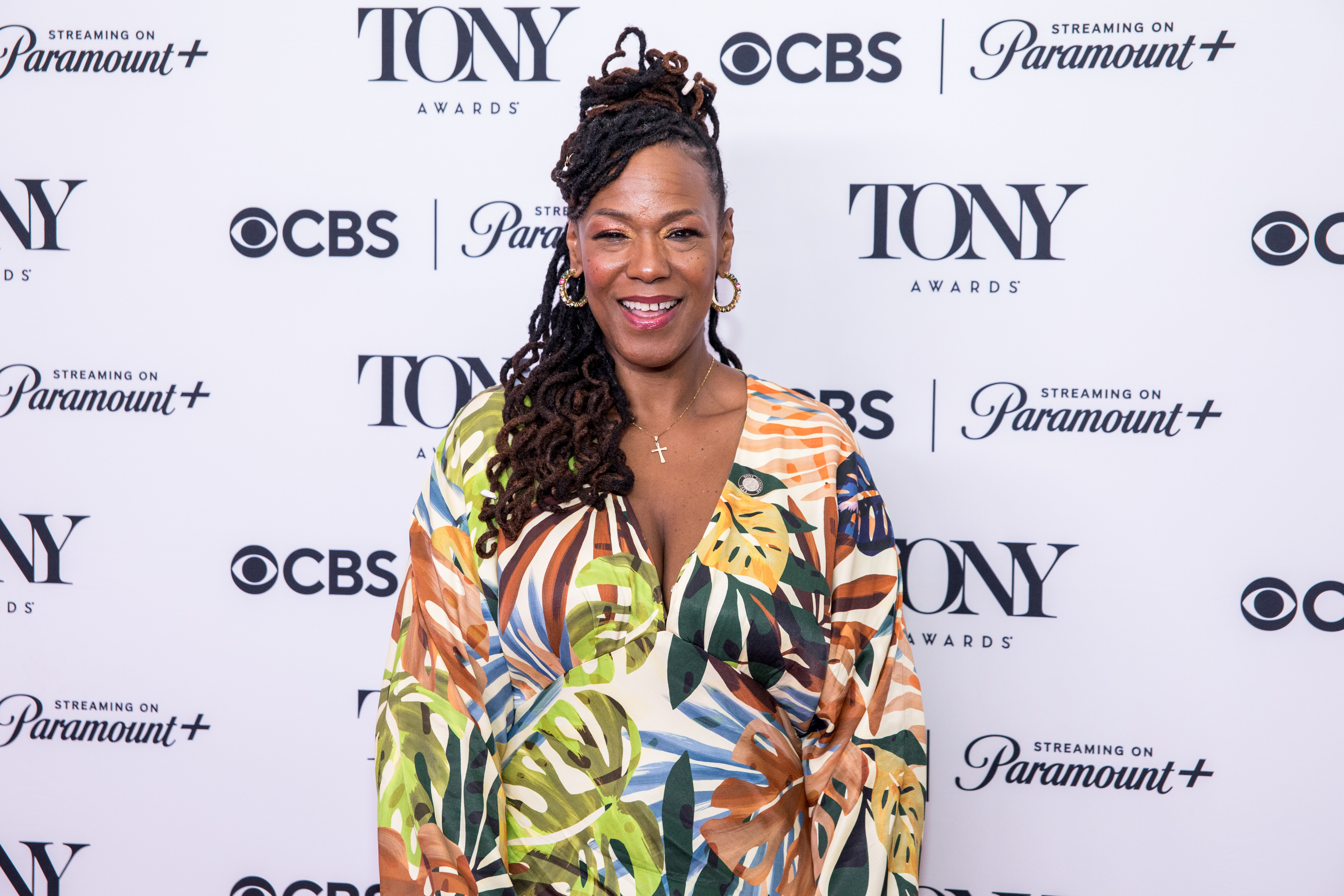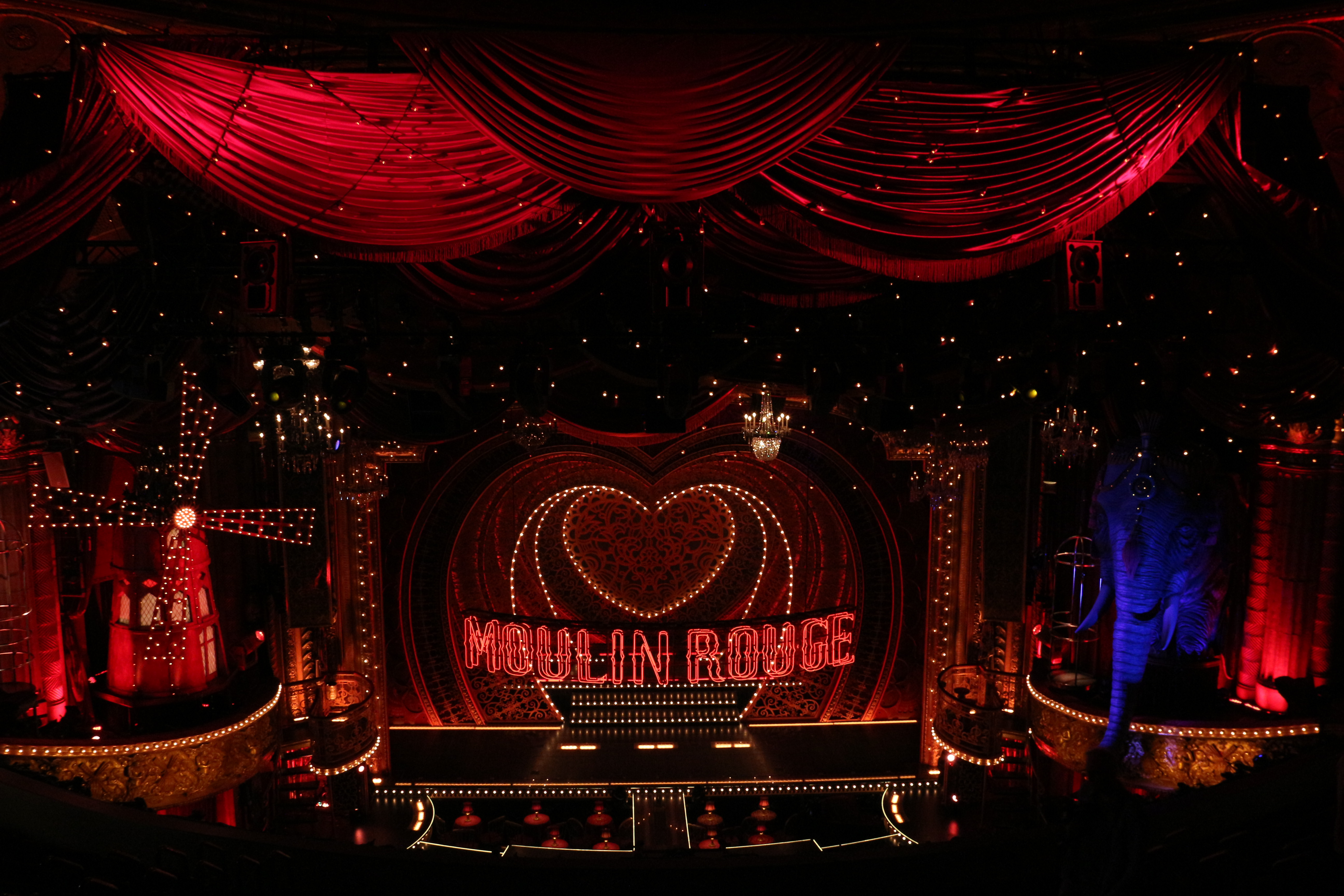A Ford in Your Future (and Your Past)
Deeded to Los Angeles County, the building was later renamed in honor of former county supervisor John Anson Ford in recognition of his considerable contributions to the arts in Los Angeles. In the decades following the demise of the Pilgrimage Play, the Ford was used intermittently for Shakespearean theater, jazz concerts, chamber music, opera and dance performances.
Due to lack of adequate funding for repairs, maintenance, and updating, the facility weathered some hard times. But that situation began to change in 1992 when Laura Zucker was appointed executive director of the Los Angeles County Arts Commission, which oversees the administration of the Ford. “When I first came on board, county supervisor Ed Edelman expressed great concern about the future of the theater,” recalls Zucker. “Part of my charge at that time was to figure out how to revitalize it. ”

Fortunately, the county passed a bond issue in 1993 that made funds available to begin refurbishing the Ford Theatre. As supervisor Edelman worked at improving the physical complex, Zucker–who had successfully operated her own live theater complex for more than 10 years–encouraged Los Angeles-based arts organizations to reconsider the Ford as a viable facility. That same year, she initiated Summer Nights at the Ford, an outdoor performing arts series embracing music, dance, theater, film, and family events.
The current complex is situated in a 45-acre Los Angeles County regional park and houses two theaters: a 1,241-seat outdoor amphitheater and an 87-seat indoor space, called [Inside] the Ford. Today, the Ford is enjoying its status as one of the oldest performing arts venues in Los Angeles still in use, and it has gone through massive renovations in time for the launching of 2000 Summer Nights at the Ford.
“Audiences attending this summer’s events are in for a huge surprise,” promises Zucker. “And the surprises begin as soon as you park your car.” Indeed, the facility just recently dedicated its new $1.6 million entryway, which dramatically transforms the approach to the historic theatre. A broad, flat area at the base of the Ford building has been enlarged and renamed Edison Plaza in recognition of support provided by Edison International (parent company of Southern California Edison) through its Arts for the Community Initiative.
Formerly a steep concrete walkway flanked by trees, the entryway now features meandering paths, pocket picnic areas, a waterfall, and plantings of various species of flora. The plaza is intended as a gathering place where patrons can eat, shop, and pick up information. But the biggest change that Angelenos driving north on the Hollywood Freeway or Cahuenga Boulevard will notice is that the façade of the Ford is now visible from the street..
All of this is a result of more than $4.3 million spent on capital improvements for the stage, backstage, and public areas of the Ford complex since 1995. One of the goals of these renovations is to make the facility completely ADA (American with Disabilities Act) compliant. The elevator, the redesigned restrooms, and the concession areas have made the building totally accessible to those with mobility impairments. The new entryway extends this accessibility from the front of the building to the box office.
“One of the most satisfying improvements for me is the women’s restroom,” says Zucker. “The ladies room in the old Ford Theatre had five flush toilets for a potential audience capacity of over 1,200 people. We now have banks of toilets. I believe we are one of the few performance outlets in town where, I guarantee, there is no waiting line in front of the women’s rest room during intermission.”
The 2000 Summer Nights season began on June 3 and will encompass 58 performances of 41 events over 15 weeks, including the Los Angeles Women’s Shakespeare Company production of Twelfth Night, the East L.A. Classic Theatre production of Cyrano de Bergerac, and an original theater piece created by the Pasadena Shakespeare Company and members of the San Francisco Mime Troupe.
“Any arts organizations in the Los Angeles County area can apply to perform at the Ford,” says Zucker. “They must apply formally, and those applications are screened by my staff and myself. Our recommendations are then sent on the Board of Supervisors for their final approval.”
Zucker is proud of the fact the Ford season is specifically designed to promote local arts organizations, many of which have no permanent performance spaces of their own. “We did some research a few years ago, and I was astounded to learn that there were over 60 professional performing companies in Los Angeles county that did not have their own spaces,” she says. “As far as I’m concerned, the Ford is their home.”
The John Anson Ford Theatre complex is located at 2580 Cahuenga Boulevard East (off the Hollywood Freeway, just north of the Hollywood Bowl). For more information about the facility and 2000 Summer Nights, call the Ford box office at 323-461-3673 or log on to www.lacountyarts.org/forde/html.




